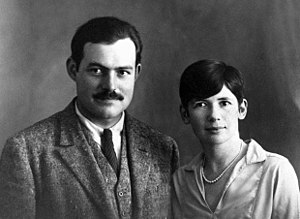I appreciate my local Half-Price Book Store for reminding me each year of Banned Book Week. They display a number of books that have been or still are banned somewhere. Last year, it came as a surprise to me when I saw Laura Ingalls Wilder’s Little House On The Prairie on display. After some research, I learned that this children’s book sparks some controversy over the portrayal of Native Americans.

This year, I’m floored again when I see Barbara Park’s Junie B. Jones and the Stupid, Smelly Bus on the lower shelf of the display. Out of curiosity, I research this book to find that Park’s Junie B. series occasionally comes under fire because of the misbehavior of the six year-old protagonist and the poor grammar she uses.

I will clarify that I do not consider parents limiting and guiding their children’s reading selections (especially for younger kids) to be censorship. I believe that’s where the responsibility of limiting and guiding lies – not with governments or other governing bodies.
I read Wilder’s books when I was a kid and then read at least some of them to my kids. Park’s books ranked among the first chapter books my kids read. My kids did not like the Little House books as much as I did. I didn’t care for Junie B. as much as my kids did. However, the fact that certain governing bodies have targeted these books as inappropriate, brings up some questions about how literature and art should portray life, even in children’s literature. Should good literature portray our world as it is or as it should be (or as we think it should be)? Should a book about a six year-old girl show her behaving perfectly and speaking with the utmost articulation? Should an author portray her life as a pioneer girl in the 1870’s as it really was, fear of Native Americans included?









